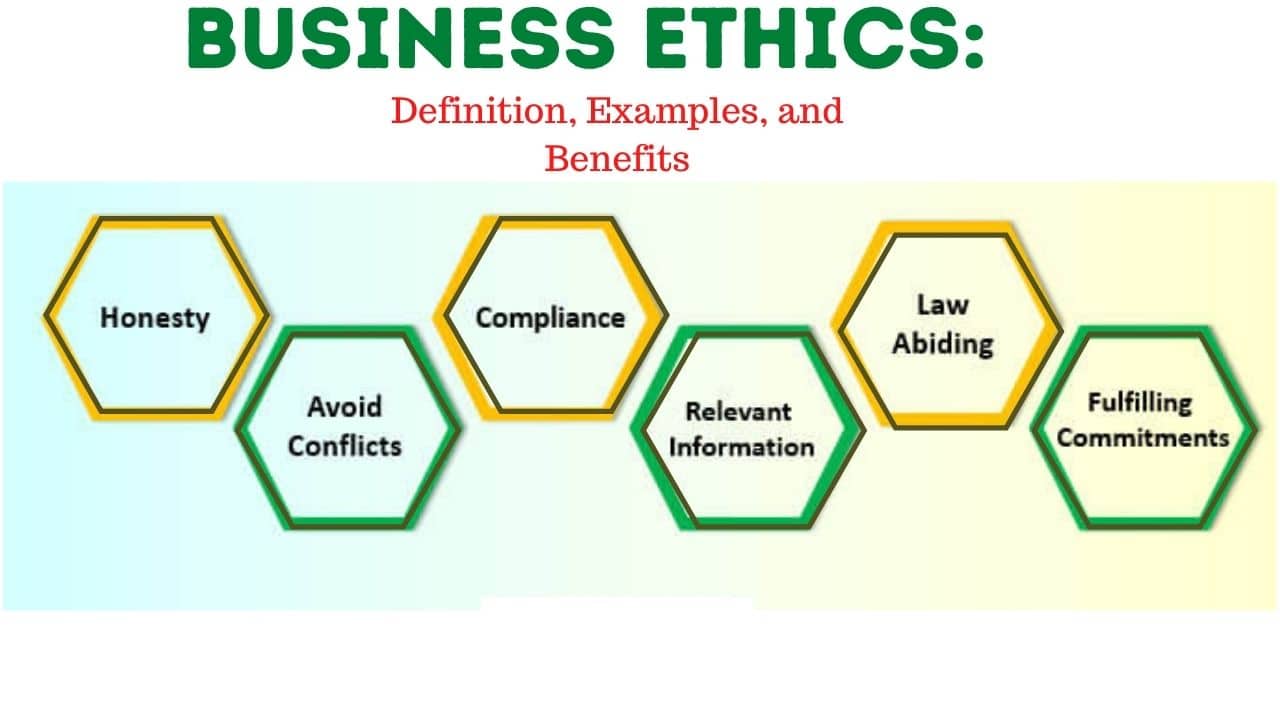A holding company is often formed solely to control other enterprises, including real estate, patents, trademarks, stocks, and other assets. We’ll learn more about how a holding company structure works and how you can start one in this article.
What Is a Holding Company?
A holding company is a business entity typically a corporation or a limited liability company (LLC). A holding company normally does not manufacture, sell, or engage in other business operations. Rather, holding companies own a majority stake in other enterprises.
Although a holding company owns the assets of other companies, it frequently simply has oversight responsibilities. So, while it may monitor management choices at the corporation, it does not actively participate in the day-to-day operations of these subsidiaries.
A holding company is often known as an “umbrella” or “parent” firm.
This structure assists to reduce the holding company’s financial and legal liabilities risk (and of its various subsidiaries). It may also reduce a corporation’s overall tax liability by strategically locating specific elements of its operations in lower-tax jurisdictions.
“Wholly-owned subsidiaries” are businesses totally owned by a holding company. Although a holding company has the authority to employ and remove executives at the companies it controls, such executives are ultimately responsible for their operations.
Types Of A Holding Company
Depending on their business activity, holding firms are classified into many groups. Some exist solely to hold a single subsidiary, whilst others may be involved in additional commercial operations. The following are the various types of holding companies:
#1. Pure Holding Companies
A pure holding company is one that exists solely to own other companies. These firms do not engage in any other form of business.
#2. Mixed Holding Company
A mixed holding company is one that manages its subsidiaries as well as its own commercial operations. A holding-operating corporation is another term for this.
#3. Immediate Holding Company
An immediate holding company is one that owns other corporations but is also owned by another entity. In a nutshell, these are holding corporations that own another holding company.
#4. Intermediate Holding Company
Intermediate holding companies are holding companies that are also subsidiaries of a larger organization, similar to an immediate holding company.
What Is an Example Of a Holding Company Structure?
A business owner can set up a holding company in a variety of ways. A parent company, a conglomerate, a corporation, a limited liability corporation (LLC), or even a partnership are all examples of holding companies.
What are The Benefits of a Holding Company?
#1. Liability insurance
Separating functioning firms and the assets they use creates a liability shield. Each subsidiary is responsible for its own debts. A subsidiary’s creditor cannot reach the assets of the controlling company or another subsidiary.
Assume our entrepreneurs’ horse farm is struggling and cannot pay its trainer or veterinarian. They can sue and obtain assets from the subsidiary that owns the horse farm, but not from the subsidiaries that own the restaurant and apartment building, or from the holding company.
#2. Manage assets while spending less money
A holding corporation must control its subsidiaries but does not have to own all of the shares or membership interests. This permits the holding company to get control of another company and its assets at a lower cost than acquiring 100% ownership of the subsidiary.
#3. Lowers the cost of debt financing
A financially strong holding company can typically secure loans at lower interest rates than its operational companies, especially if the business in need of cash is a startup or other venture considered a credit risk. The loan can be obtained by the controlling company and distributed to the subsidiary.
#4. Encourage innovation
Because functioning companies are distinct entities, there is less danger in investing in hazardous startups or other initiatives. One of the reasons Google restructured and formed Alphabet as its holding company was that Google shareholders were concerned about the business’s investments in areas such as robots, Google Glass, life sciences, and medical research. These investments were removed from its core and profitable functions, like its search engine and YouTube businesses, through restructuring.
#5. No need for day-to-day management
A holding corporation can own companies in various unrelated industries. It makes no difference if the holding company’s owners and managers are unaware of those firms because each subsidiary has its own management to oversee day-to-day operations.
What Are The Drawbacks Of A Holding Company?
#1. The expenses of formation and continuous compliance
Formation fees must be paid by the holding company and each subsidiary that is founded. In most circumstances, there will also be annual report and franchise tax duties. Each will also be required to follow the governing corporation or LLC statute as well as its own governing papers. Using a single operating business eliminates these additional per-entity compliance duties and expenditures.
#2. Management difficulties
As previously stated, a holding company is not required to own 100% of the ownership interests in its subsidiaries. This can be both advantageous and disadvantageous. It will have to deal with minority owners when it does not own 100%. Conflicts can emerge when the interests of minority owners differ from those of the controlling company.
The fact that the management of the holding company does not have to be specialists in the operations of the operational firms can be both a benefit and a disadvantage. It can be an advantage because the holding company’s management may be responsible for overseeing and making key policy choices for enterprises or areas with which they are unfamiliar.
#3. Complexity
The employment of holding companies and subsidiaries adds a level of complexity that the single-entity structure does not. A holding company structure, for example, used by a publicly traded corporation, can be highly complex, with many subsidiaries to keep track of. A solid entity management system can be an excellent tool for keeping track of all the important information, records, and due dates for all of the companies in such enterprises.
Even for much smaller businesses, it is critical to maintaining each company’s documents, assets, obligations, and properties separate from one another. Failure to do so increases the possibility of a court penetrating the veil and granting a creditor access to assets other than the debtor subsidiary.
How To Start A Holding Company
To start a holding company, here are some things you should take note of:
#1. Examine your company’s requirements.
Before you start a holding company, make sure you understand the company’s requirements. A holding company invests in other corporations known as operating companies. Apart from borrowing, lending, and making investment decisions, the holding company engages in no other business activity. The holding company, on the other hand, lends funds or leases assets to an operational company that engages in any type of business activity. The two most prevalent advantages of forming a holding company are tax savings and asset protection. A holding company can offer a lower tax rate by establishing a state with a more favorable tax structure or shield corporate assets from loss to the operating company’s creditors. Before founding a holding company, think about your firm’s needs and the benefits you want to attain.
#2. Determine the structure of your company.
The corporation and the Limited Liability Company, or LLC, are the two most common types of holding companies. You should consider which form best meets your purposes, as the type you select may have an impact on your taxes and obligations. The majority of small business owners incorporate an LLC holding company since the corporation structure does not give the same asset protection. Consider the type of company you already have, if any, and the type of holding and operating company that will best meet your purposes.
#3. Send in a business application.
You will structure your holding company in accordance with state legislation and the type of business you wish to establish. Whether you form an LLC or a corporation, you must register your firm with the state by providing the name of the company, the name of the business agent, and the articles of incorporation. If your running company is not already formed, you should do this for it as well as your holding company.
Your articles of incorporation should describe the purpose and goal of your company, the names of the officials, and how business decisions will be made. As your firm changes, update the articles of incorporation.
#4. Create a bank account for your holding company.
The holding company and the operational firm must keep separate bank accounts and accounting records in order to maintain their independence as independent companies. You should open a business account for your holding company and provide your new company tax ID when you do so.
#5. Fund the company
To begin using the holding business, you must first fund it in order to begin investing in the operational company. The holding company should hold your companies’ wealth, and you can lend money to the operational company to fund operations as needed.
If your operating company was founded before the holding company, begin by selling all of the operating company’s valuable assets (such as land, buildings, heavy equipment, intellectual property, and so on) to the holding company by submitting a transfer of assets.
#6. Maintain accounting records for all transactions.
Maintain accurate accounting records of the transactions that occur between your firms while you operate your operating and holding companies. Separate accounting records are essential for keeping the entities legally distinct. The holding company must claim income for amounts earned from the holding company in lease or rent revenue in excess of the expense of owning the asset. You should keep records so that you can account for all transfers between your holding and operational firms at the end of the year.
Real Estate Holding Company
A real estate holding company is a legal entity that serves to secure an asset and shield property owner information by minimizing risk. It can own a single asset or serve as the parent company for a number of assets, known as subsidiaries.
How To Start A Real Estate Company
#1. Research and Select a Company Name
Keep the LLC name short, just like you would when naming a real estate business, because you’ll have to write it out on leases and tax paperwork all the time. Remember that your LLC name can also symbolize your business, so get creative to differentiate yourself from the competitors.
Your company name can incorporate your surname, the name of your investment firm, or even the address of your property. If you value your privacy, use a name that is difficult to pronounce. This may be the case if you are a public figure or a landlord who has had legal problems in the past and wishes to keep those difficulties hidden.
#2. Engage the services of an attorney or accountant.
When forming a real estate holding corporation, consider contacting an attorney or accountant. Although you can form an LLC on your own, a professional attorney has the experience and inside knowledge of invaluable best practices and can advise you on how to form a real estate holding company. Attorneys are useful not only in forming your LLC, but also in the process of buying, selling, renting, negotiating conditions, and preserving your assets in the long run.
#3. Gather and submit documentation
The procedure for incorporating an LLC differs by state. After you’ve decided on a name for your real estate holding organization, you’ll need to file your Articles of Organization. As previously said, an attorney can help in this procedure. If you choose to do it yourself, several states’ Secretary of State websites include paperwork for you to fill out and submission instructions. Once completed, the paperwork can be sent or delivered in person.
#4. Obtain all necessary licenses and permits
LLC legislation and licensing requirements differ per state. To confirm compliance, contact your state’s Department of State. Many states will need company LLCs to obtain a tax registration certificate to conduct business in a certain area. If you are a developer or are renovating your home, you may be needed to obtain construction permits and follow municipal ordinances and zoning restrictions.
#5. Establish Business Banking Accounts
An EIN is required to open a business bank account. A corporate bank account serves as a legal barrier between your personal finances and your real estate holding company. This separation is required to safeguard your personal liability from the liabilities of your business.
To reap the benefits of this corporate curtain, investors should never mix their personal and professional finances. Even your company credit cards should be issued in the name of the company and used just for business purposes.
#6. Purchase and Close on Real Estate Through Your LLC
If you currently hold investment property in your personal name, you might consider transferring it to your newly created LLC. This does necessitate recording the change on the deed. A title company can help in this process. If you have a mortgage on your present home, you should contact your lender. A lender may demand you to pay off the mortgage in full before transferring the property.
The Costs of Forming a Real Estate Holding Company
The cost of forming a real estate holding company varies depending on whether you hire outside help. You will be charged for the time of an attorney or accountant, but you will be responsible for any fees associated with the formation of the LLC.
The filing fee will be your most expensive outlay, ranging from $40 to $500 depending on the state. Your state may additionally charge you an annual fee as well as costs for company licenses and permits. Because Arizona, Nebraska, and New York require you to publish a notice, you’ll have to pay between $40 and $2,000 to have your LLC published in the newspaper.
How Does A Holding Company Make Money?
A holding company can make money through its subsidiaries, asset income, royalties, or leasing/loaning assets to third parties or subsidiaries as needed.
What Is The Difference Between Holdings And an LLC?
A holding company can serve as an LLC, although they are both different. The main difference between a typical LLC and a holding company is that the holding company does not operate its own business. Holding companies do not generate products or manufacture items; their sole purpose is to own the assets of their subsidiaries.
What Is The Difference Between A Company And A Holding Company?
A company is in charge of the day-to-day operations of the firm. It is usually the holding company’s subsidiary. A holding company owns the assets of another corporation (such as intellectual property, stock, equipment, and real estate used by the operating company)
In Conclusion,
A holding company is a sort of corporate entity that exists solely to own other businesses. Some holding companies are big conglomerates having subsidiaries in a variety of industries; others exist solely to manage a single company. Holding companies can assist safeguard their owners from losses, as well as lower tax obligations. Plus, a holding company is easy to start.
Related Articles
- FACEBOOK SUBSIDIARIES: List of Companies Owned By Meta
- AFFILIATE VS SUBSIDIARY: How to Tell the Difference Easily!!!
- LLC ADVANTAGES AND DISADVANTAGES: What you Need!!!
- HARD MONEY LOANS: Calculators, Requirements, Bad Credit & How It Works
- HOW TO START A REAL ESTATE BUSINESS IN 2023: Detailed Guide






